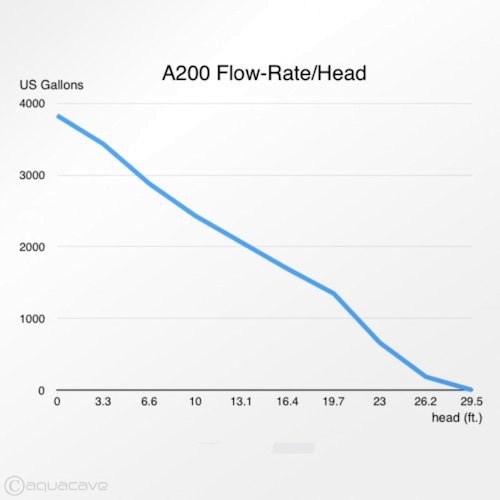- Joined
- Apr 20, 2018
- Messages
- 276
- Reaction score
- 284
So are these Vecta pumps extremely over rated or do the flow meters restrict flow by a fair amount?
I just setup my new Vectra S1 with a 1in flow meter on a reefer525 and apex is reporting a max GPH of 252... This flow report on a 140gal tank is causing me concern. I've adjusted the FMM to 1in in the settings etc. The actual tank return is 3/4in thus my 1in flow meter is adapted down to 3/4in also and I'm wondering if this also is of issue?
Thanks for any help!
I just setup my new Vectra S1 with a 1in flow meter on a reefer525 and apex is reporting a max GPH of 252... This flow report on a 140gal tank is causing me concern. I've adjusted the FMM to 1in in the settings etc. The actual tank return is 3/4in thus my 1in flow meter is adapted down to 3/4in also and I'm wondering if this also is of issue?
Thanks for any help!


















